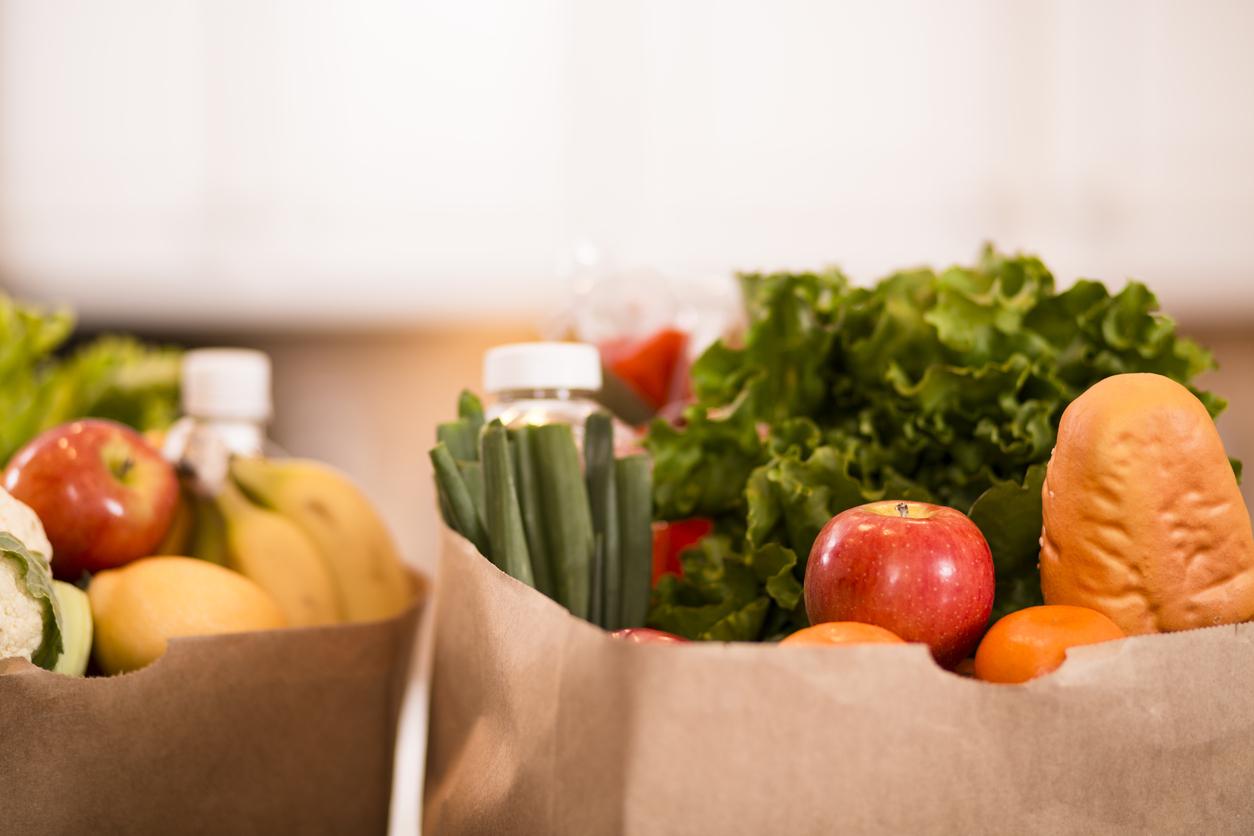
Amazon has been quietly making changes since its acquisition of Whole Foods for US$13.7 billion in August 2017. The early moves featured price reductions on various grocery staples at Whole Foods, as well as the rollout of the Whole Foods 365 Everyday Value private label products on Amazon.com. As expected, these changes increased traffic at Whole Foods stores and boosted online sales of its products. The largest impact, however, was seen on the stocks of the six largest American food retailers, including Walmart and Kroger, which lost a staggering US$12 billion in value in the immediate aftermath. They have since recovered, probably with good reason.
More recent moves by Amazon have created more controversy compared to last year’s changes. For instance, Whole Foods announced in early January new merchandising rules that hurt its small suppliers. Rather than allowing local producers to display their goods and run in-store promotional activities (or pick a firm to do so on their behalf), Whole Foods now requires them to work exclusively with Daymon (a retail strategy firm) and its subsidiary to schedule in-store tastings, monitor inventory and create displays. Additionally, suppliers now have to pay for this service either through product discounts or up-front cash transfers. Predictably, the media was quick to document how vexing this move was for small businesses and shoppers who cared about local and artisanal products.
The all-important share of shoppers’ wallet
Taken together, all the moves thus far hint at where Amazon is headed with Whole Foods. The price reductions are largely about mitigating Whole Foods’ pricey image, a perception that has lingered despite efforts that started a couple of years prior to Amazon’s acquisition. Showcasing 365 Everyday Value products on Amazon and using price-matching technology will help in this regard. More importantly, by standardising the assortment across stores and centralising purchasing, Amazon will be able to smooth the inefficiencies that plagued Whole Foods and dragged down its bottom-line. However, there is danger in this approach – decisions focused on cost efficiencies could compromise the customer shopping experience.
Our view is that Amazon’s moves are more of a reflection of its attempt to streamline its new value proposition to the tastes of its Amazon Prime segment, rather than a frontal assault on food retail giants as the stock market seems to perceive. The following figures from Statista serve to make this point. Amazon Prime had almost 90 million subscribers as of September 2017 – representing about 63 percent of Amazon’s customers in the United States. Coincidentally, about 62 percent of Whole Food customers are Prime subscribers. One of the most closely watched statistics of retailers’ health is the evolution of their share of shoppers’ wallet. This is even more critical for Amazon whose share price is driven more by growth projections than profitability. The average annual spend on Amazon by its Prime customers is about US$1,300 – a number that has remained unchanged over the past two years. More importantly, only 12.5 percent of Prime customers purchase groceries on the site (vs. 19 percent of all Amazon customers). As we had posited in our article on INSEAD Knowledge last year, the acquisition of Whole Foods is, in reality, an admission by Amazon that its growth needs a physical engine beyond the pure online play. Given that 41.3 percent of Prime customers are affluent (i.e. from households with an average annual income in excess of US$100,000), compared to 48.6 percent of Whole Food shoppers, the grocer represents a classic cross-selling opportunity for Amazon to increase its share of their wallet via fresh foods.
A road paved with challenges
We also believe that Amazon has a lot more work to do before it becomes a significant threat to the major grocery retailers. Price reductions were an easy first step, but Whole Foods still has a long way to go before it becomes price-competitive. Surveys repeatedly show that the average grocery basket costs about 35 percent less at Walmart than at Whole Foods.
Additionally, Whole Foods does not have the scale to source at the same prices as the majors. With US$16 billion, Kroger’s naturals and organics business alone is equal to Whole Food’s total annual sales! Amazon’s shift to a standardised assortment at the expense of local producers only helps its competitors strengthen their value proposition, including their claim that they are “local” – physical retailers know that customer price perceptions are very much influenced by the range of assortment.
The hesitant progress of its brick-and-mortar Amazon Go stores, from their announcement in 2016 to the launch of a single branch earlier this year, suggests that it is still a work in progress. This is in stark contrast to Alibaba’s quick expansion of its Hema chain of supermarkets in China. Furthermore, Amazon’s move to shut down its Amazon Fresh grocery delivery service in parts of New Jersey, Pennsylvania, Delaware, Maryland and California highlights the challenges involved in marrying online to offline in the grocery business. In all fairness, its competitors are facing challenges too – witness Walmart’s request to suppliers such as Procter & Gamble, Unilever, Clorox and Kimberley to focus on merchandise priced at least at US$5, and preferably more than US$10, for stocking in its online store.
In short, the promise of a viable omni-channel business model in the grocery industry is still far from reality. What we are seeing are experiments by all players trying to figure out how to get there. In the midst of all this, we should not forget that discount grocers the likes of Aldi and Lidl are growing faster than the rest of the players in the industry.
Paddy Padmanabhan is the Unilever Chaired Professor of Marketing at INSEAD and the Academic Director of the INSEAD Emerging Markets Institute. He is also Programme Director of the following executive education programmes at INSEAD: Asian International Executive Programme, Leading the Effective Sales Force and INSEAD Leadership Programme for Senior Executives - India.
Dominique Lecossois is a Distinguished Fellow at INSEAD Emerging Markets Institute and former Executive Vice-President and Board Director at Carrefour.
Follow INSEAD Knowledge on Twitter and Facebook.
-
View Comments
-
Leave a Comment






No comments yet.